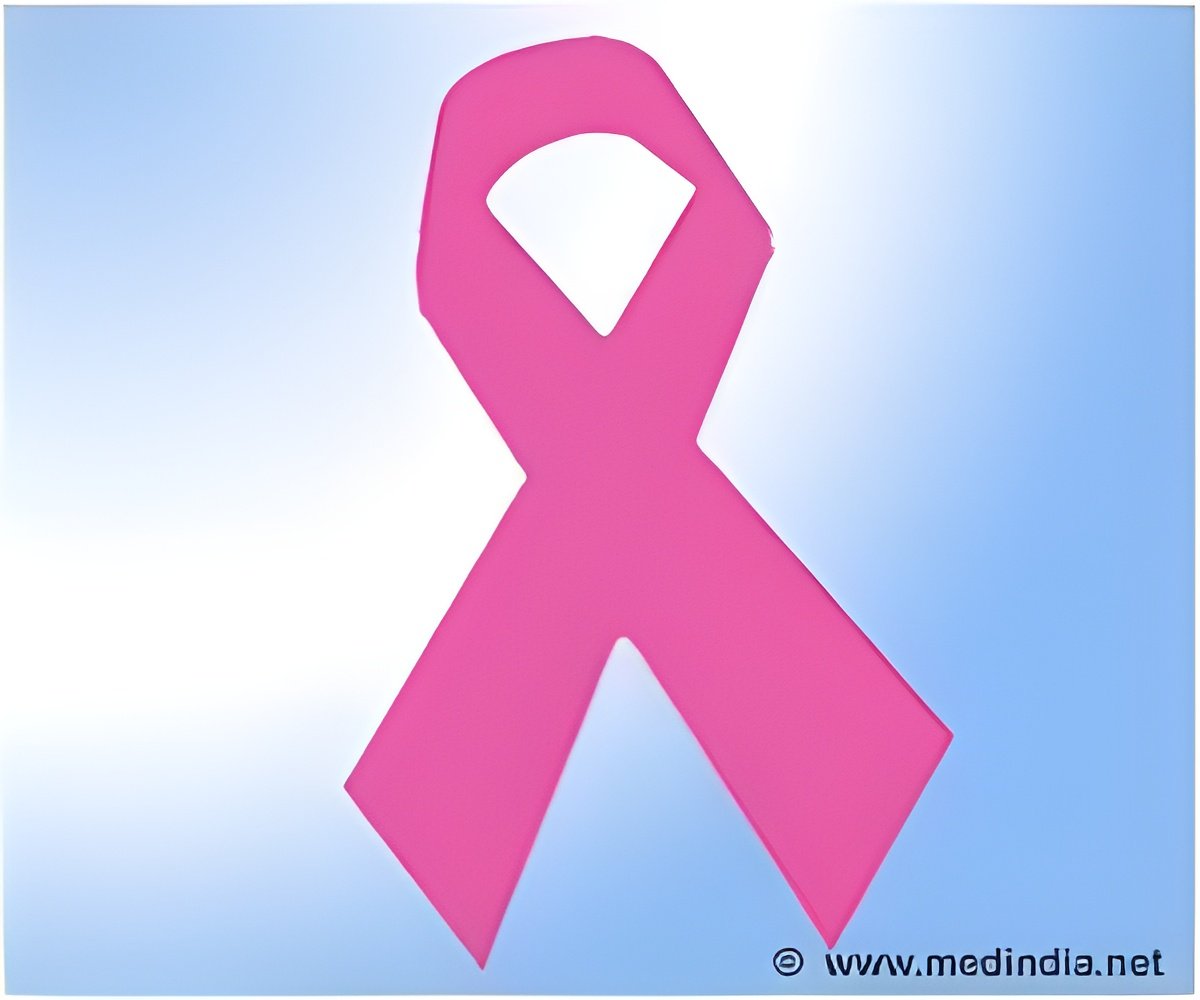Mechanism by which estrogen prepares cells to divide, grow and, in the case of estrogen-positive breast cancers, resist cancer drugs has been discovered by scientists.

Estrogen pre-activates the unfolded-protein response (UPR), a pathway that normally protects cells from stress, the researchers report. The UPR spurs the production of molecular chaperones that prepare cells to divide and grow. Without chaperone proteins to do the work of folding and packaging other proteins, cells – including cancer cells – cannot divide. For this reason, chaperones are a popular target for new cancer therapies.
Activation of the UPR is known as a normal response to stress – when a cell lacks adequate oxygen or nutrients, for example, or is exposed to cancer-killing drugs. UPR activation prepares the cell for major changes associated with cell growth, division and survival under stress.
It wasn't known before this study, however, that estrogen initiates this pathway before such stresses appear, said University of Illinois biochemistry professor David Shapiro, who led the new analysis with lead author, M.D.-Ph.D.-student Neal Andruska.
"This is a new role for estrogen in the pathology of cancer," Shapiro said. "Others have shown that stress activates this pathway, helping to protect some tumors. What is new is our finding that estrogen can pre-activate this pathway to protect tumors."
When estrogen binds to its receptor it sparks a cascade of molecular events in the cell. A key event occurs when a channel opens in the membrane of a compartment that stockpiles calcium, and calcium floods into the cell.
Advertisement
The stress-response pathway induces the production of chaperone proteins.
Advertisement
The UPR also is a mediator of cell death. If a normal cell is exposed to too much stress, the stress response spurs apoptosis, a kind of cellular suicide. In cancer, however, mild activation of the UPR by estrogen blunts this cell-death pathway, allowing cancer cells to survive and even resist drugs, the researchers found.
The team also looked at the expression of UPR-related genes in publicly available data from samples of breast tumors obtained from women who had been diagnosed up to 15 years prior.
"Andruska, who spearheaded the research and carried out the computer analysis of the breast cancer data, found that UPR activation is a very powerful prognostic marker of the course of a woman's disease," Shapiro said.
The analysis revealed that among women with estrogen-receptor-positive breast cancer who underwent tamoxifen therapy, breast cancer was 3.7 times more likely to recur in those overexpressing the UPR. Ten years after a breast cancer diagnosis, only 15 percent of those with the highest level of UPR-gene expression were disease-free, compared with 80 percent of women with minimal UPR expression.
"Our marker helps identify breast cancers that are likely to be highly aggressive and therefore require intensive therapy," Shapiro said.
Source-Eurekalert















